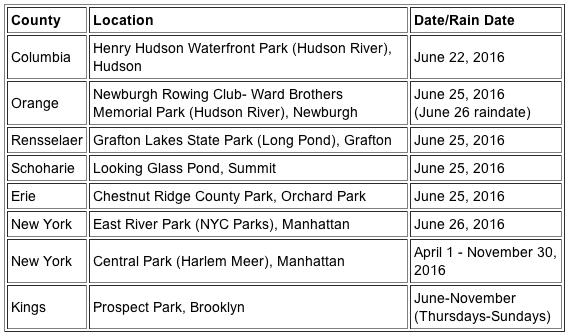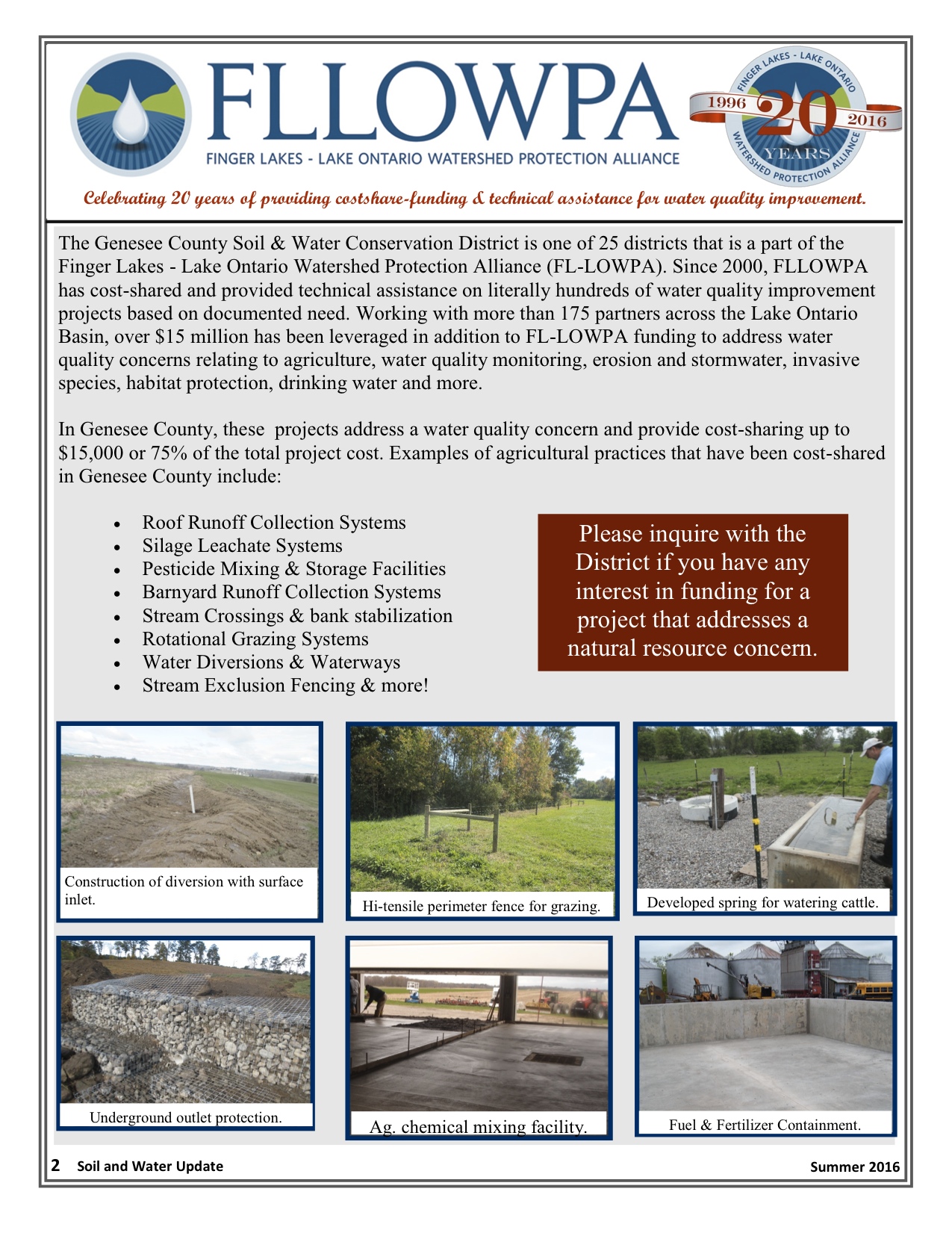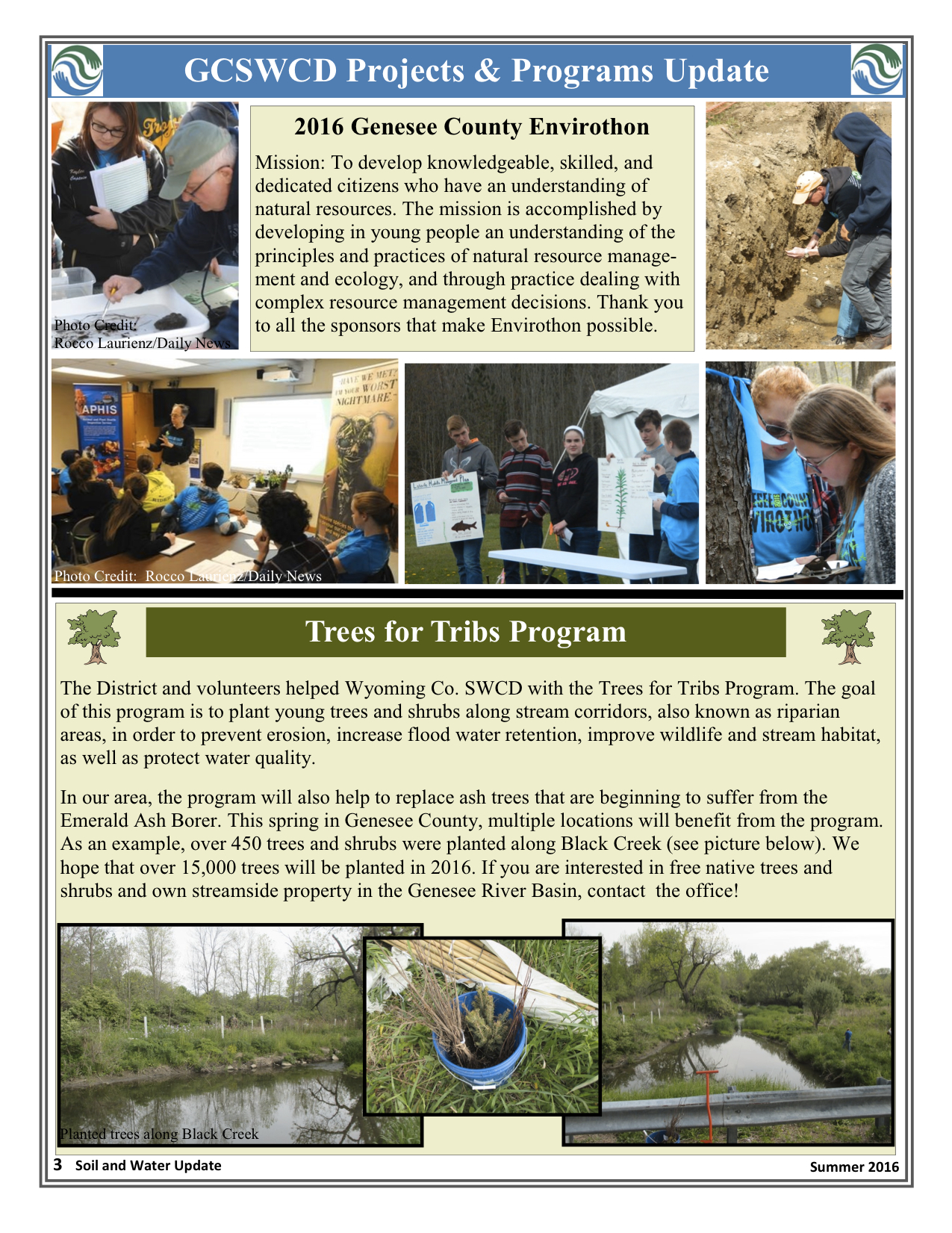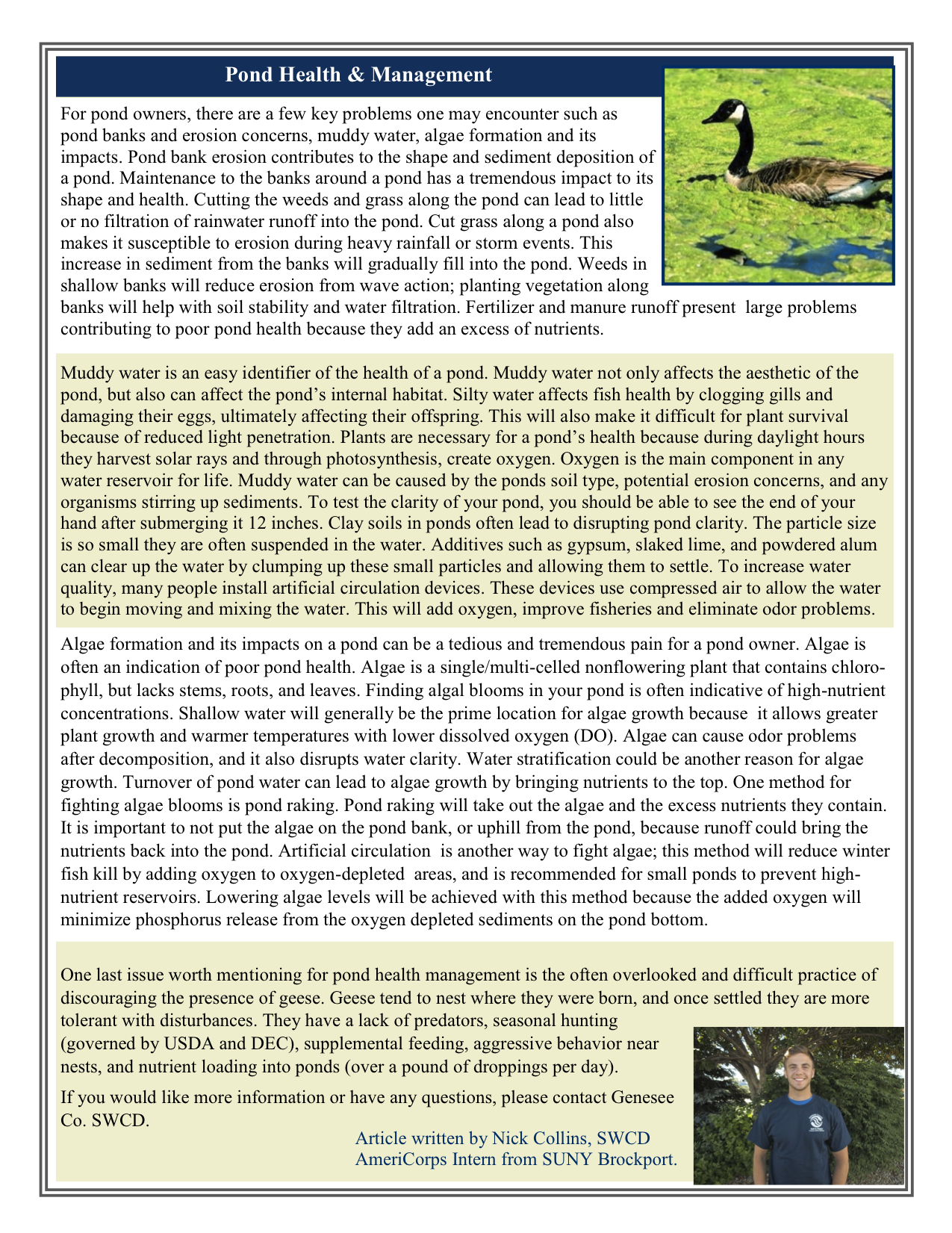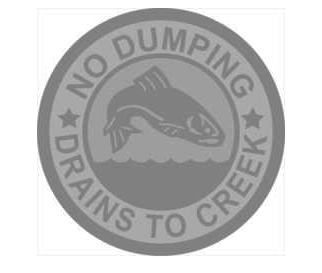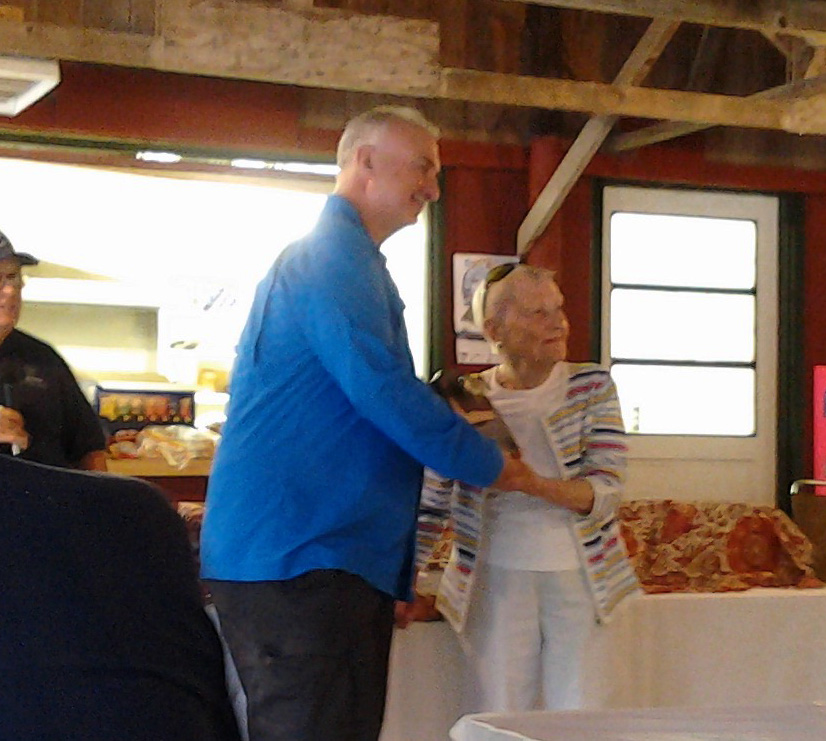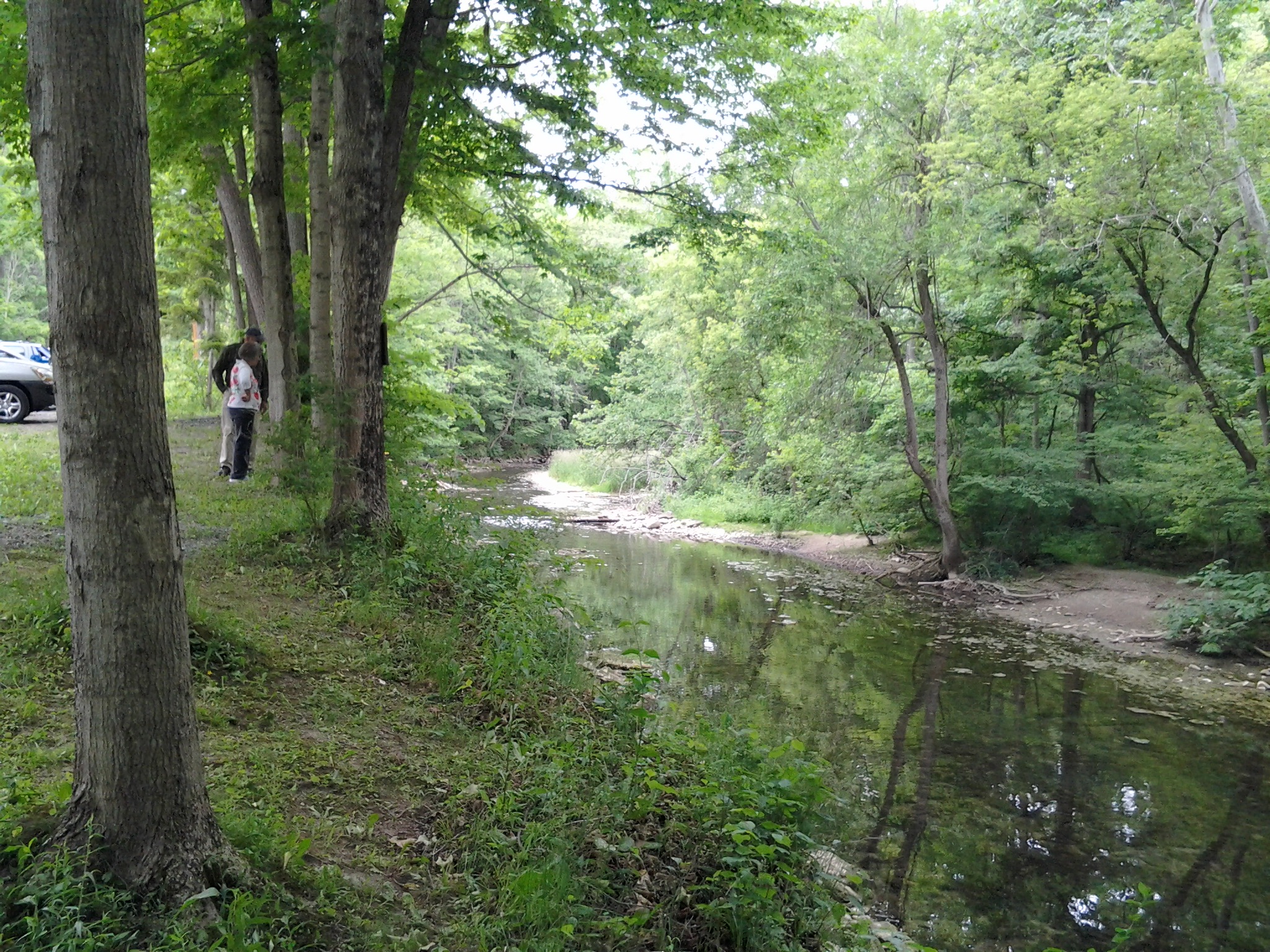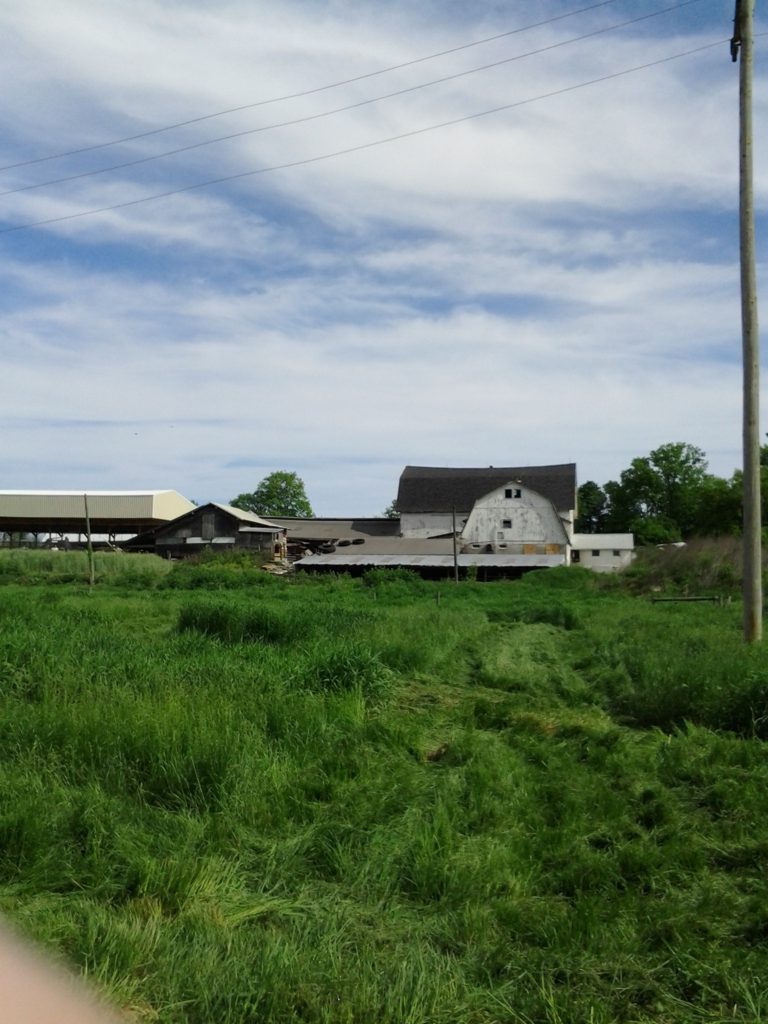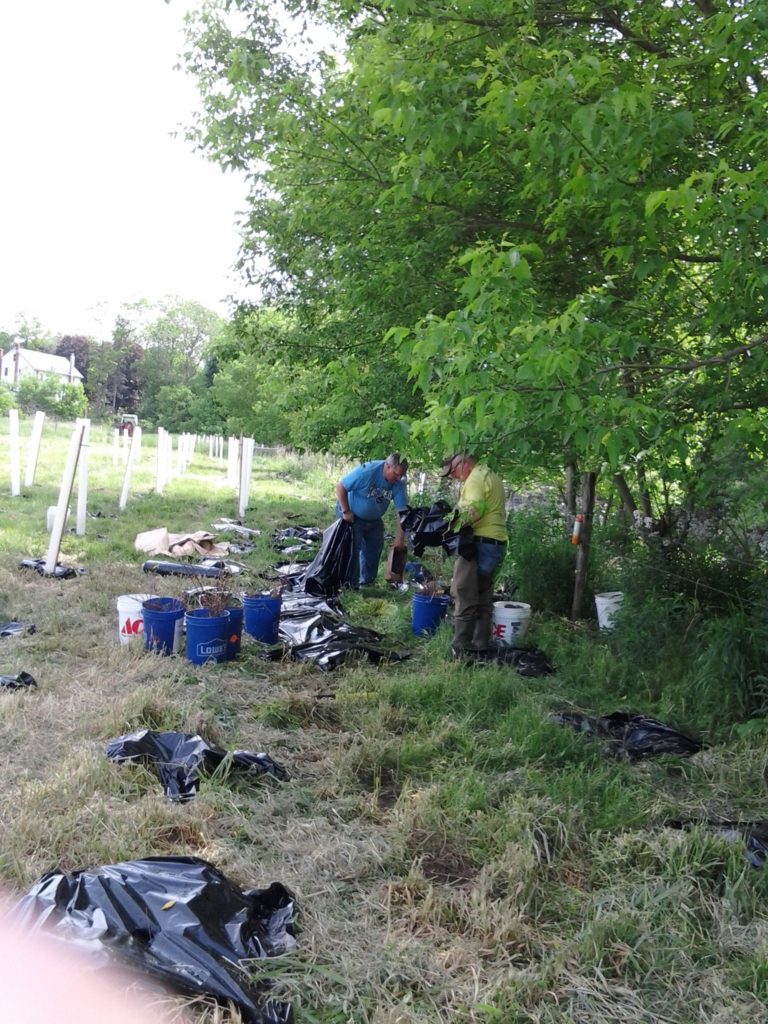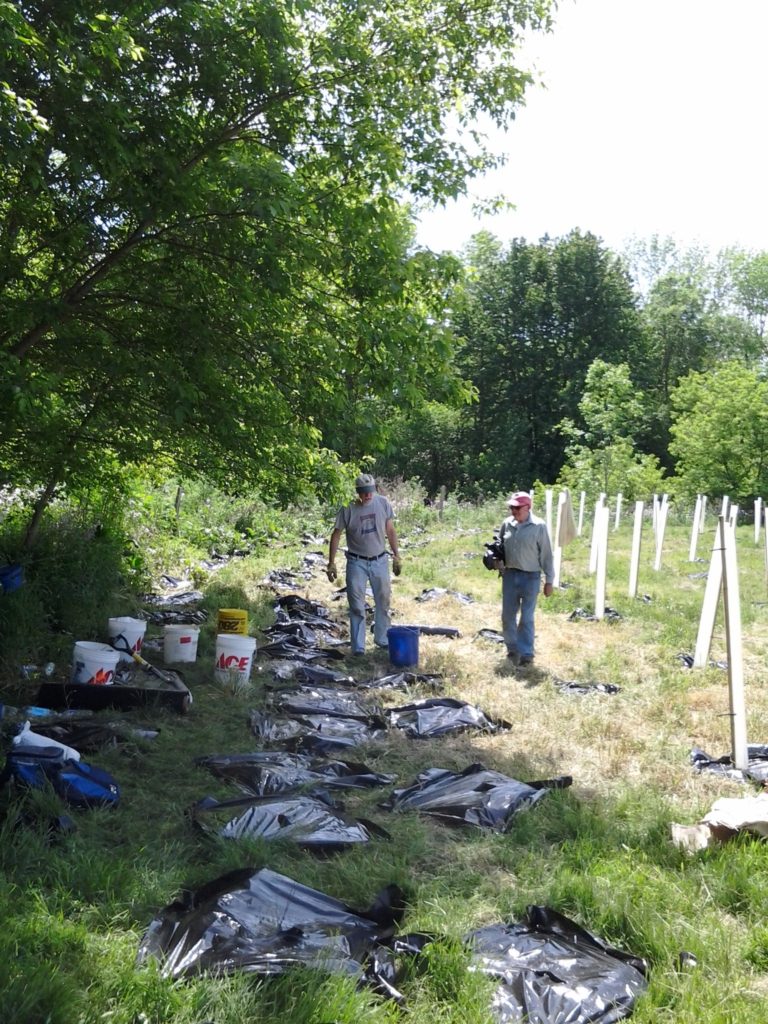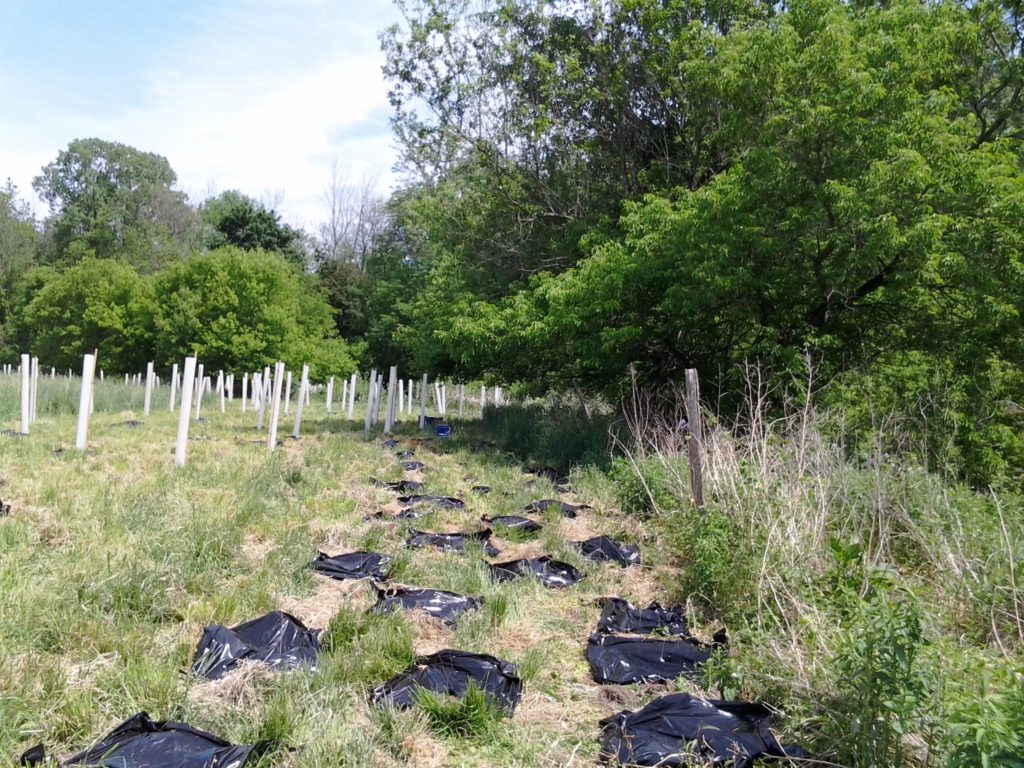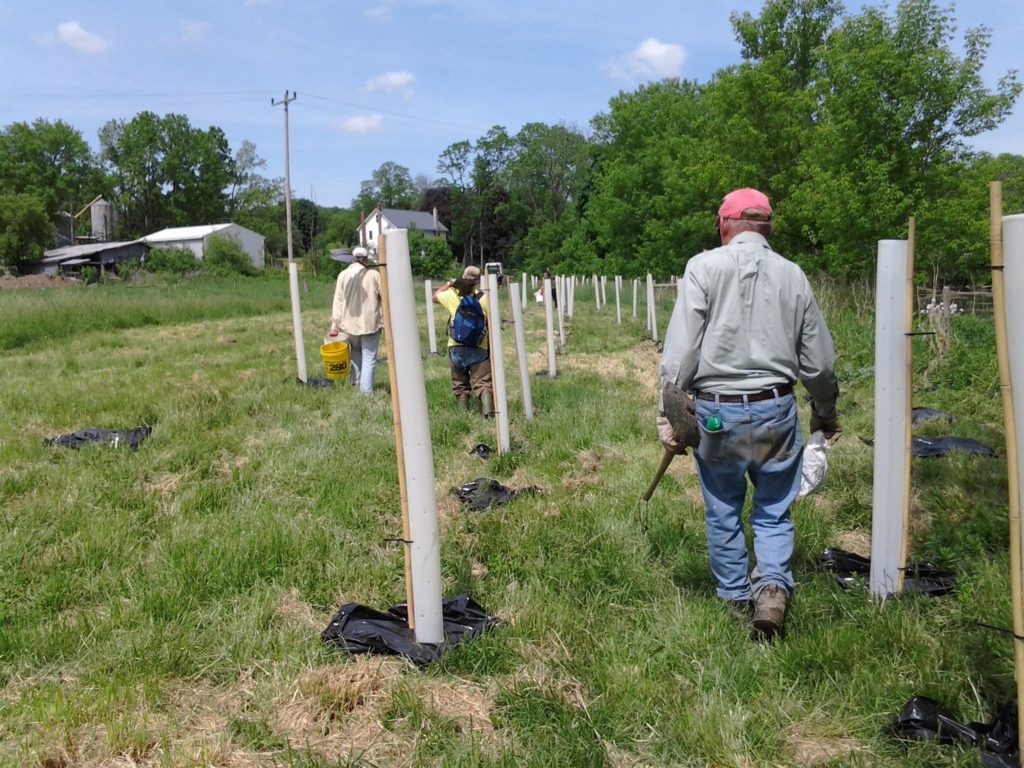From DEC:
DEC Advises Anglers to be on the Lookout for Lake Sturgeon in the Great Lakes and Oneida Lake
New York State Department of Environmental Conservation (DEC) today reminded anglers to be aware of spawning lake sturgeon in New York’s Great Lakes waters, Great Lakes connecting channels, and in tributaries of the Great Lakes, St. Lawrence River, Finger Lakes and Oneida Lake. DEC staff receive numerous reports of lake sturgeon (Acipenser fulvescens) caught by anglers targeting walleye at this time of year.
“Due to ongoing restoration efforts by DEC and our partners, encounters between anglers and lake sturgeon are becoming increasingly common,” said Commissioner Basil Seggos. “We ask for anglers to help protect these impressive fish during this critical period in their long recovery.”
Lake sturgeon are listed as a threatened species in New York, therefore, there is no open season for the fish and possession is prohibited. Anglers should not intentionally target these rare fish. If an angler catches a sturgeon, they should move to another area or change fishing gear to avoid catching another. Anglers who do unintentionally hook one should follow practices to ensure that the fish are returned to the water unharmed including:
Avoid bringing the fish into the boat if possible.
Use pliers to remove the hook; sturgeon are almost always hooked in the mouth.
Always support the fish horizontally. Do not hold sturgeon in a vertical position by their head, gills, or tails.
Never touch their eyes or gills.
Minimize their time out of the water and return them to the water immediately once they are freed from fishing gear.
Anglers are likely to encounter sturgeon during the spring when the fish gather to spawn on clean gravel or cobble shoals and in stream rapids. Sturgeon spawn in New York in May and June when water temperatures reach 55 to 64°F. Females release as many as 7,000 eggs per pound of fish. Male sturgeon become sexually mature between eight and twelve years of age and may live as long as 55 years. Females become sexually mature between 14 and 33 years of age and live as long as 80 to 150 years.
Lake sturgeon populations are recovering as a result of protection and stocking efforts by DEC and several partners. Several populations in the Great Lakes and St. Lawrence River appear to be recovering due to protection efforts. Other populations are supported by stocking. Adult sturgeon are captured in the St. Lawrence River and their eggs and sperm are collected by DEC biologists and partners from US Fish and Wildlife Service at the New York Power Authority facilities below the Moses-Saunders Dam. The fertilized eggs are reared in DEC’s Oneida Hatchery and the US Fish and Wildlife Service’s Genoa National Fish Hatchery to a size of about six inches before stocking.
Sturgeon are often tagged as part of ongoing research efforts by state and federal agencies. If a tagged sturgeon is found, it is important to follow the reporting instructions on the tag or contact a regional DEC office for assistance. In New York, visible tags have been placed on lake sturgeon in the Genesee River by the Cortland office of the US Geological Survey and by Cornell University staff from the Shackleton Point research facility on Oneida Lake. Visible tags have also been placed on lake sturgeon in Lake Erie by DEC and the lower Niagara River by U.S. Fish and Wildlife Service. Additionally, some sturgeon in these areas have been tagged with large external satellite transmitting tags.
Lake sturgeon are one of three species of sturgeon native to New York. The other two species are shortnose sturgeon (Acipenser brevirostrum) and Atlantic sturgeon (Acipenser oxyrhynchus) which are found in tidal portions of the Hudson River and marine waters of the state. Possession of all three species is prohibited and shortnose sturgeon are listed as endangered in New York State. Atlantic sturgeon are listed as federally endangered in New York.
Lake Sturgeon are the largest fish native to the Great Lakes, growing up to seven or more feet in length and achieving weights of up to 300 pounds. Lake sturgeon from New York’s inland waters are smaller on average and may grow to as much as three to five feet in length and about 80 pounds as adults.
While once abundant in New York, commercial fishing, dam building and habitat loss decimated populations. Lake Sturgeon can still be found in Lake Erie, the Niagara River, Lake Ontario, the St. Lawrence River, Grasse River, Oswegatchie River, and Black Lake, as well as Lake Champlain, Cayuga Lake, Oneida Lake, Seneca River and Cayuga Canal.
While sturgeon numbers have improved, populations are still low compared to historical levels both in New York and the rest of the Great Lakes states. It is estimated that fishing had removed 80 percent of the sturgeon from Lake Erie by 1900. All three sturgeon species were once prized for their meat and caviar and constituted an important industry in the state. Their slow rate of maturity and reproduction made them particularly vulnerable to overfishing.
For further information visit the DEC and U.S. Fish and Wildlife Service websites links below:
Lake Sturgeon Fact Sheet
Endangered & Threatened Fishes of New York
Lake Sturgeon Restoration
Great Lakes Lake Sturgeon Collaboration (link leaves DEC’s website)



